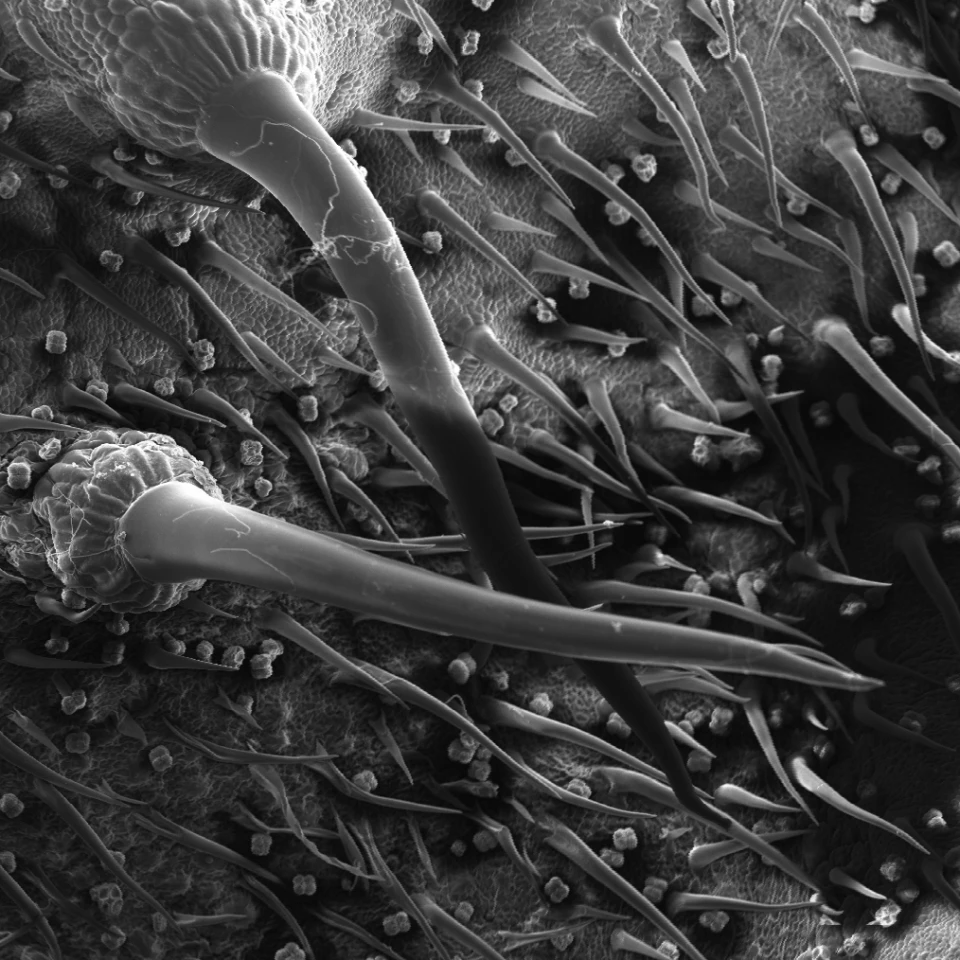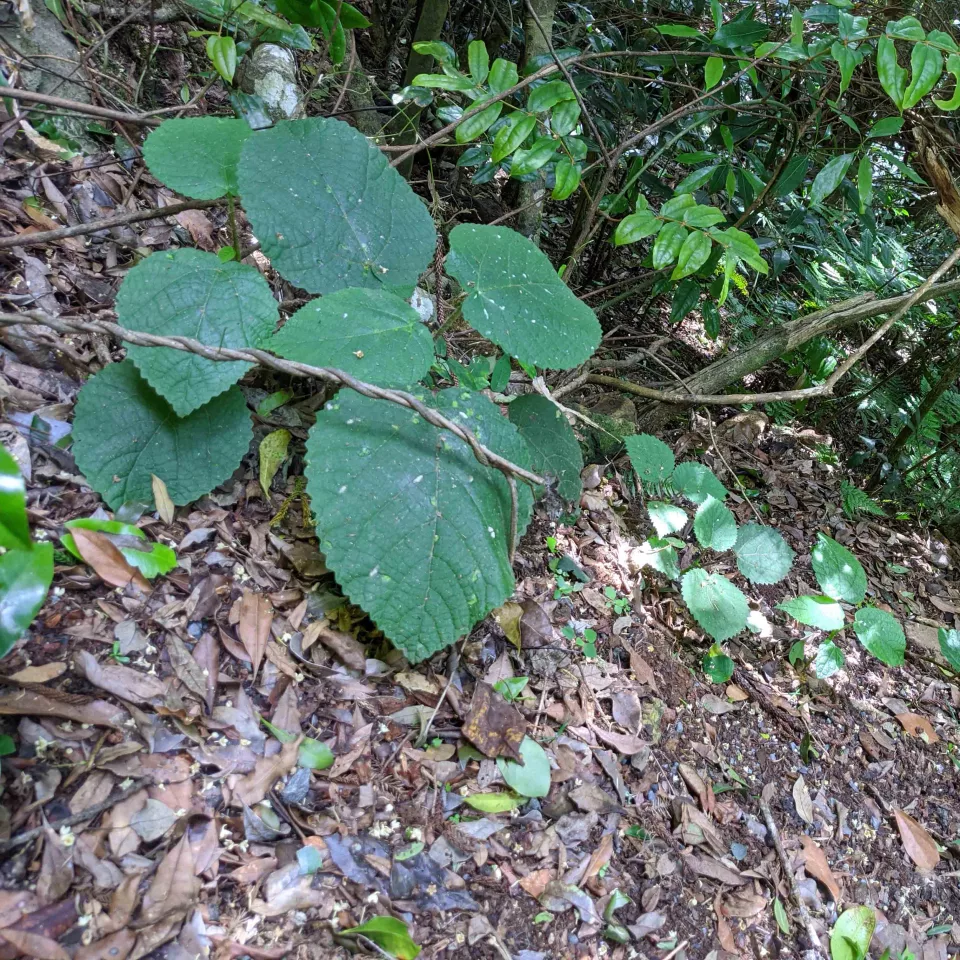New research from the University of Queensland has solved the mystery behind the sting of one of the most venomous plants on the planet. The discovery of a previously unknown neurotoxin explains how Australian stinging trees cause excruciating pain that can last for extraordinarily long periods.
Australia is well-known for its broad assortment of venomous animals. From spiders and snakes, to scorpions and jellyfish, the country is so infamous for dangerous wild-life the notion "everything in Australia wants to kill you" has become an amusing meme.
Well, not only are the animals out to get you, but the plants are dangerous too. Dendrocnide moroides, commonly known as the Gympie-Gympie stinging tree, is one of the world’s most venomous plants. The plant’s toxin is unlikely to kill you, but stories abound describing the horrific pain its sting can cause.
The pain has been described by many as the worst kind of pain you could imagine. One researcher suggested being stung felt, “like being burnt with hot acid and electrocuted at the same time”.

"Like other stinging plants such as nettles, the giant stinging tree is covered in needle-like appendages called trichomes that are around five millimeters in length – the trichomes look like fine hairs, but actually act like hypodermic needles that inject toxins when they make contact with skin," explains corresponding author on the new study, Irina Vetter.
Well, not only are the animals out to get you, but the plants are dangerous too.
The pain caused by this plant has, until now, been a mystery to researchers. Experiments with small-molecules known to be present in the plant have not been able to replicate the severe, and unusually long-lasting, pain caused by a sting. It was clear an undiscovered neurotoxin must be playing a major role.

A new study, from a team of researchers at the University of Queensland, describes the discovery of a previously unknown pain-inducing peptide responsible for the unique neurotoxic effect of the plant. The new class of miniproteins has been named gympietides, derived from gympie, the indigenous name of the plant.
"Although they come from a plant, the gympietides are similar to spider and cone snail toxins in the way they fold into their 3D molecular structures and target the same pain receptors--this arguably makes the Gympie-Gympie tree a truly "venomous" plant,” explains Vetter.
Homing in on the mechanism at play, the researchers discovered these gympietides seem to trigger permanent changes to the sodium channels in sensory neurons. This action is thought to explain why people stung by the plant can experience recurring pain sensations for months, or even years, after the initial sting.
"By understanding how this toxin works, we hope to provide better treatment to those who have been stung by the plant, to ease or eliminate the pain,” adds Vetter. "We can also potentially use the gympietides as scaffolds for new therapeutics for pain relief."
The new study was published in the journal Science Advances.
Source: University of Queensland






